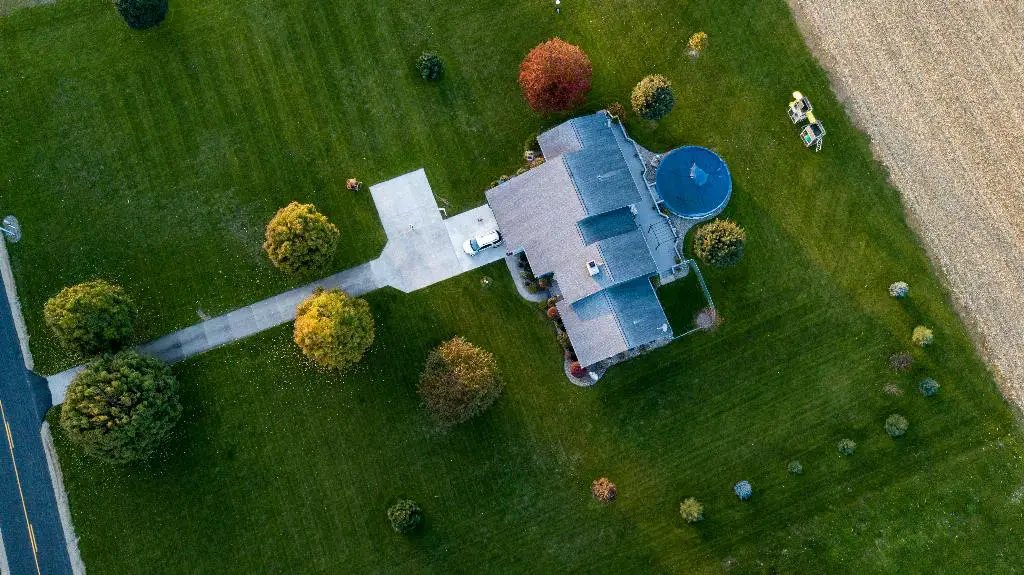When it comes to aerating your lawn, various factors come into play, including the type of aerator you use. Rolling aerators, for instance, typically take around 30 minutes to an hour to aerate a lawn, providing a thorough job that penetrates the soil effectively. On the other hand, tow-behind aerators can complete the aeration process in approximately 20 to 30 minutes, making them a quicker option for larger lawns. For those looking for a balance between efficiency and speed, stand-on aerators offer aeration times ranging from 15 to 30 minutes, making them a convenient choice for many homeowners.
Consider Your Lawn’s Size and Condition
It’s essential to consider the size and condition of your lawn when determining how long it will take to aerate it. A larger lawn will naturally require more time for aeration, especially if you’re using a manual rolling aerator. Additionally, if your soil is compacted or has heavy thatch buildup, the aeration process may take longer to ensure thorough coverage and optimal results. Evaluating these factors beforehand can help you plan your aeration timeline accordingly.
Efficiency of Equipment
The efficiency of the equipment you use also plays a crucial role in determining the time it takes to aerate your lawn. High-quality aerators with sharp tines or spikes can complete the aeration process more quickly and effectively than older or dull equipment. Investing in professional-grade aerators or renting modern equipment can significantly reduce the time spent on aeration while improving the overall health of your lawn.
DIY vs. Professional Lawn Aeration
Deciding whether to aerate your lawn yourself or hire a professional service can impact the time it takes to complete the job. While DIY aeration may take longer due to manual labor and limited equipment options, it can be a cost-effective solution for smaller lawns or homeowners on a budget. Conversely, lawn care professionals equipped with commercial-grade aerators and expertise can aerate your lawn efficiently in a fraction of the time, saving you effort and ensuring optimal results.
Timing and Frequency of Aeration
The timing and frequency of lawn aeration can also influence the overall duration of the process. Aeration is typically recommended during the growing season when the grass can recover quickly from the stress of the treatment. Performing aeration once or twice a year, depending on your lawn’s needs, can help maintain healthy soil structure and promote lush, vigorous grass growth. By scheduling aeration at the right time and frequency, you can streamline the process and achieve long-lasting benefits for your lawn.
Soil Type and Moisture Levels
Understanding your soil type and moisture levels is essential for efficient aeration. Clay soils, for example, may require more time for aeration due to their dense nature, while sandy soils may aerate more quickly but require additional passes for thorough coverage. Additionally, moist soil is easier to aerate than dry soil, as tines or spikes can penetrate the ground more effectively. Checking the soil moisture levels and adjusting your aeration schedule accordingly can help streamline the process and improve the results.
Preparation and Cleanup
Before you begin aerating your lawn, proper preparation is key to saving time and ensuring a successful outcome. Clearing debris, marking sprinkler heads, and identifying any obstacles can help prevent delays and interruptions during the aeration process. After aerating, cleaning up cores and debris, as well as overseeding or fertilizing, are essential steps to complete the job effectively. Proper preparation and cleanup can impact the overall time required for lawn aeration and contribute to the health and appearance of your lawn.
Personal Experience and Skill Level
Your personal experience and skill level in lawn care can also affect the time it takes to aerate your lawn. Experienced homeowners or landscapers familiar with aeration techniques may complete the process more efficiently than beginners or those attempting aeration for the first time. Practice, attention to detail, and proper technique can all contribute to faster and more effective aeration, ultimately reducing the time needed to aerate your lawn.
Maintaining Equipment and Blades
Proper maintenance of your aerator equipment and blades is crucial for efficient aeration and optimal results. Dull or damaged blades can prolong the aeration process, requiring additional passes to achieve the desired soil penetration. Regularly inspecting and sharpening blades, as well as lubricating moving parts, can help ensure smooth operation and reduce the time spent on aeration. By maintaining your equipment properly, you can enhance productivity and achieve consistent aeration performance.
Consulting with Lawn Care Professionals
If you’re unsure about the best approach to aerating your lawn or want guidance on optimizing the process, consulting with lawn care professionals can provide valuable insights and recommendations. Experienced professionals can assess your lawn’s specific needs, recommend suitable aeration techniques, and perform the aeration efficiently and effectively. By seeking expert advice and assistance, you can streamline the aeration process, save time, and achieve exceptional results for your lawn.
Assessing Results and Future Planning
Once you’ve completed the aeration process, it’s essential to assess the results and plan for future lawn care tasks. Observing how your lawn responds to aeration, monitoring its growth and health, and addressing any ongoing issues can help you plan for future aeration sessions and maintenance activities. By evaluating the outcomes of your aeration efforts and adjusting your lawn care practices accordingly, you can optimize the time spent on aeration and cultivate a healthy, vibrant lawn for years to come.

Conclusion
In conclusion, the time it takes to aerate a lawn depends on various factors, including the type of aerator, lawn size, equipment efficiency, DIY vs. professional choices, timing, soil conditions, preparation, personal skill level, equipment maintenance, and consultation with experts. By considering these factors, planning effectively, and implementing best practices, you can streamline the aeration process, save time, and achieve optimal results for your lawn’s health and appearance.
